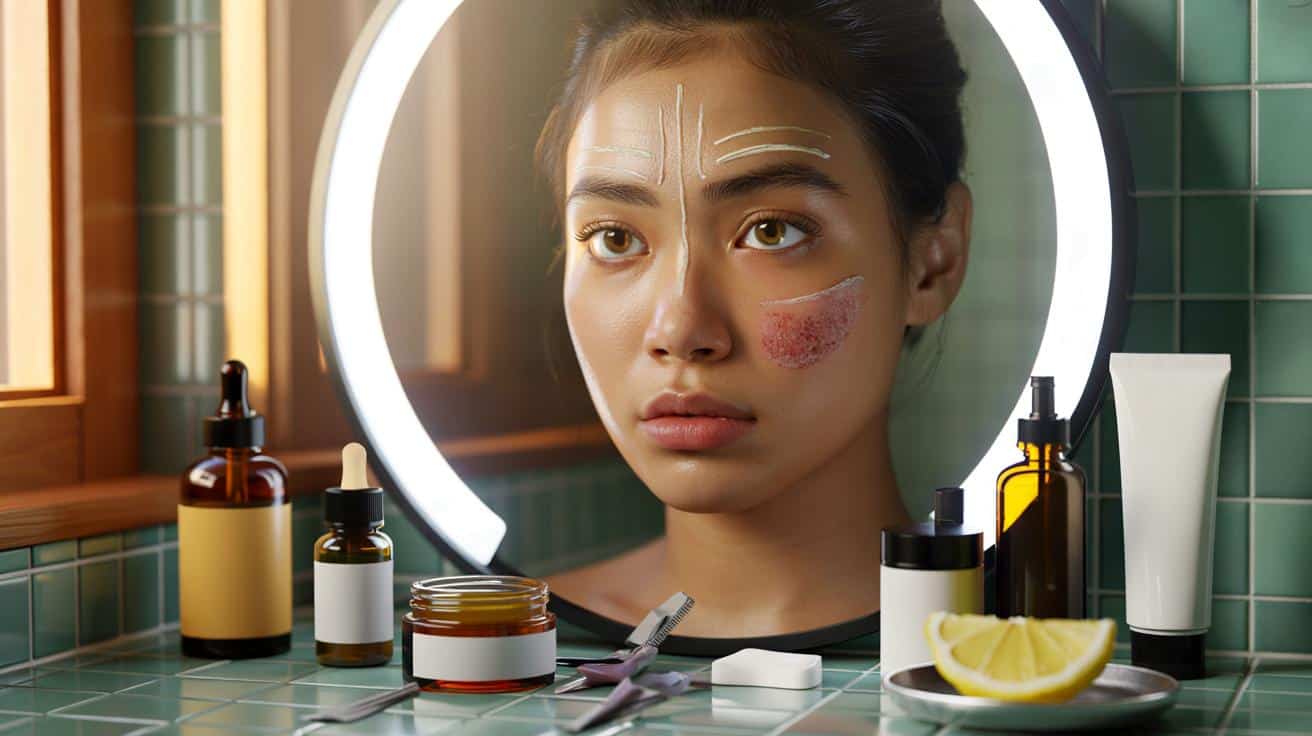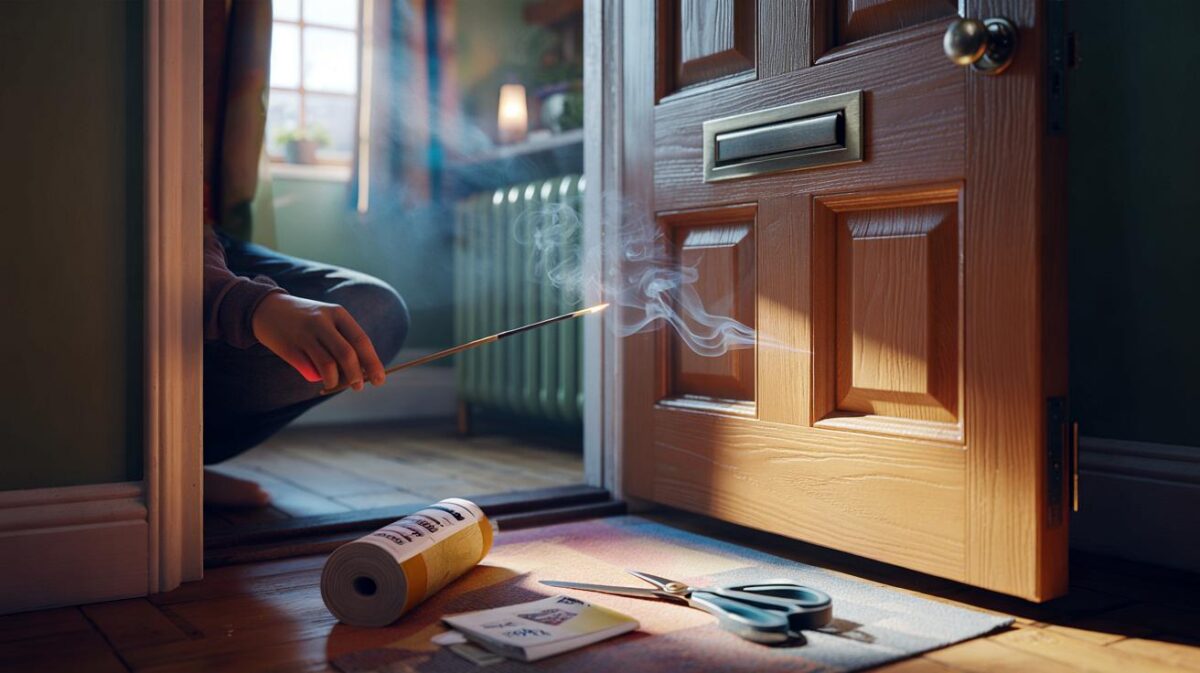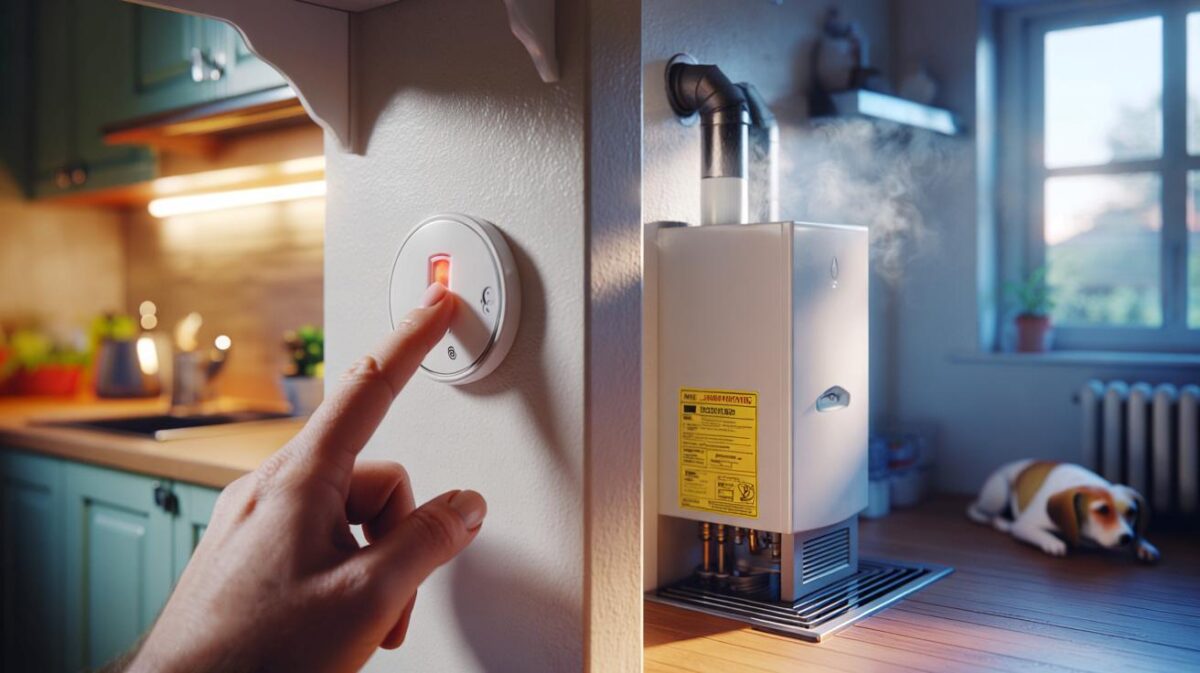Real skin, though, runs on biology not push notifications. When shortcuts collide with chemistry, the fallout is breakouts, burns, or just a bank balance lighter than your moisturiser.
I watched a friend draw sunscreen stripes across her face before a picnic, laughing at how silly it looked. The idea was all over TikTok: contour with SPF, tan everywhere else, wake up snatched. Two days later she wasn’t laughing. The faint lines turned into bold stamps of pigment that wouldn’t budge, like permanent highlighter gone rogue. She wore hats all summer. It wasn’t vanity, it was damage control. We talked about how something bright and breezy online morphs into a long, quiet problem offline. I can still picture the pale ridges and the tired way she smiled through them. The hack had gone from playful to punishing. And the algorithm just kept scrolling.
When viral tips collide with real skin
Influencer hacks thrive on speed, spectacle, and a before–after you can spot from across the room. Skin doesn’t play by those rules. It’s slow, moody, influenced by hormones, weather, and what you ate last night. The things that get traction — toothpaste on zits, lemon juice on scars, “burn for blush” sun tricks — look dramatic on camera. In real bathrooms they can be chaotic. **Viral doesn’t mean vetted.** It means catchy.
Consider “sunscreen contouring”. The result can be lasting lines of hyperpigmentation that need months of gentle care to fade. Or the castor-oil-for-lashes craze. Many swear by the shine. But optometrists say they’re seeing styes and inflamed lids when thick oils pool at the roots. I spoke with a pharmacist who described a wave of walk-ins after at-home chemical peels bought online — red, stinging, then flaking in sheets. Not glow. More like a week of hiding behind sunglasses.
There’s a simple logic to why hacks backfire. Algorithms reward novelty; skin rewards consistency. Home mixes and extreme shortcuts ignore how actives interact: acids raise penetration, scrubs create micro-tears, fragrance adds irritants. Stack them, and you’ve built a fast lane into the deeper layers. Your barrier — the skin’s raincoat — hates surprises. Dermatology has a boring truth at its core: small, steady changes win. The internet has the opposite truth: big, flashy changes win. **Your skin barrier is not a trend.**
How to stress-test a “hack” before it tests you
Start with a 24–48 hour patch test in a discreet spot: inner arm, behind ear, side of neck. Two pea-sized dabs, not a smear, and check at 15 minutes, 12 hours, then again next day. If there’s no redness, sting, or tightness, you’ve passed round one. Then run a single-face-zone trial for three nights. Only then decide. It sounds long on a platform where seven seconds feels slow. Let’s be honest: nobody really does that every day. Do it for the new stuff that could bite.
We’ve all had that moment when a video catches us at 11:43pm and suddenly we are doctors with a mixing bowl. Resist kitchen-cupboard chemistry. Lemon is a photosensitiser. Baking soda is alkaline enough to disrupt your acid mantle. Glue-based pore strips “hacked” with craft adhesive can tear capillaries. If your skin is acne-prone or reactive, be extra gentle with trends like slugging, which can trap comedogenic build-up. There’s a way to be curious and cautious in the same week.
If a product leans strong — retinoids, AHAs/BHAs, vitamin C, peels — introduce one variable at a time and keep a log on your phone. Track date, product, sensation, and next-day look.
“A patch test isn’t a vibe killer. It’s the cheapest insurance your skin can buy.”
- Check the INCI list: fragrance high up the list, or undiluted essential oils, are red flags for sensitive types.
- Avoid mixing acid exfoliants with retinoids on the same night unless a clinician told you to.
- Be wary of DIY tools that break the skin barrier (needles, razors, extraction devices). Infection beats glow every time.
- If a tip promises instant pigment change via sun exposure, walk away. Pigment is stubborn; sun damage is bossy.
- When in doubt, ask a pharmacist. They see the aftermath more than your feed does.
The stories behind the scroll
A student in Manchester tried an at-home “peel night” after seeing a creator layer three acids for glass skin. Her cheeks blistered, then peeled like wallpaper, leaving patchy pigment she now corrects with makeup. A Brighton hairdresser followed a rosemary-oil scalp massage routine nightly and developed contact dermatitis that felt like an itchy helmet. A London office worker used a micro-razor on her face because “makeup goes on better”, then watched ingrowns bloom along her jaw. These aren’t outliers. They’re what happens when spectacle becomes skincare.
Not all hacks are reckless. There are clever, low-risk ones: chilling eye cream to wake puffy mornings, moisturiser sandwiching to soften retinoid sting, tying hair with a silk scrunchie to prevent breakage. The difference? They don’t fight your biology. They nudge. They don’t pit product against skin barrier. They work quietly and don’t need a cinematic before–after. That’s why they rarely trend.
There’s also survivorship bias. People who flamed out don’t post. People who won the genetic lottery do. The creator with perfect lips touts cinnamon plumping gloss; you get a rash. The guy with poreless forehead “proves” sunscreen contouring works; you get stripes. Two skins, two histories. One algorithm. It’s seductive to outsource judgment to that scroll. It’s kinder to build a small, boring routine that never makes great content but gives you great mornings.
Beauty hacks aren’t villains; they’re a mirror for how we want change to happen — fast, cheap, and fun. And sometimes they do deliver a lift. The trick is learning to spot the line between playful experiment and high-risk gamble. Slowing down isn’t glamorous on camera. It’s wonderful in the mirror. Share the wins that were dull to achieve. Talk about the tweaks that saved you from a flare-up. The more we normalise patient routines, the less power the wild stuff has to hurt.
| Point clé | Détail | Intérêt pour le lecteur |
|---|---|---|
| Test before trend | Patch test 24–48 hours, then single-zone trial | Reduces risk of reactions and wasted money |
| One change at a time | Don’t stack strong actives or tools | Helps isolate culprits and protect the skin barrier |
| Check the motive | Algorithms reward shock, not safety | Makes you less vulnerable to clicky but risky advice |
FAQ :
- Are any influencer hacks actually safe?Plenty are low-risk: cooling eye products, silk accessories for hair, moisturiser layering with gentle actives. **Avoid** those that promise instant pigment changes, break the skin barrier, or push strong actives all at once.
- Can castor oil really grow lashes?It can make lashes look glossier, yet it doesn’t have robust evidence for growth. Some people develop lid irritation or styes when oil pools along the lash line.
- Is “slugging” bad if I have acne?For acne-prone or congested skin, heavy occlusives can trap sebum and bacteria. Try a lighter occlusive, use it only on dry zones, or reserve it for winter nights.
- What’s the safest way to try a new active like retinol?Start twice a week at a low strength, moisturise first (or sandwich), and pause other exfoliants. Increase slowly over weeks, not days.
- How do I know if a peel is too strong for home?If it’s professional grade, pH is very low, or it stings immediately and fiercely, it’s not for DIY. Look for gentle percentages and clear instructions, or see a clinician.







